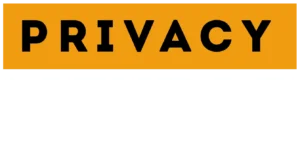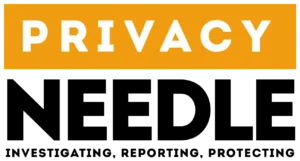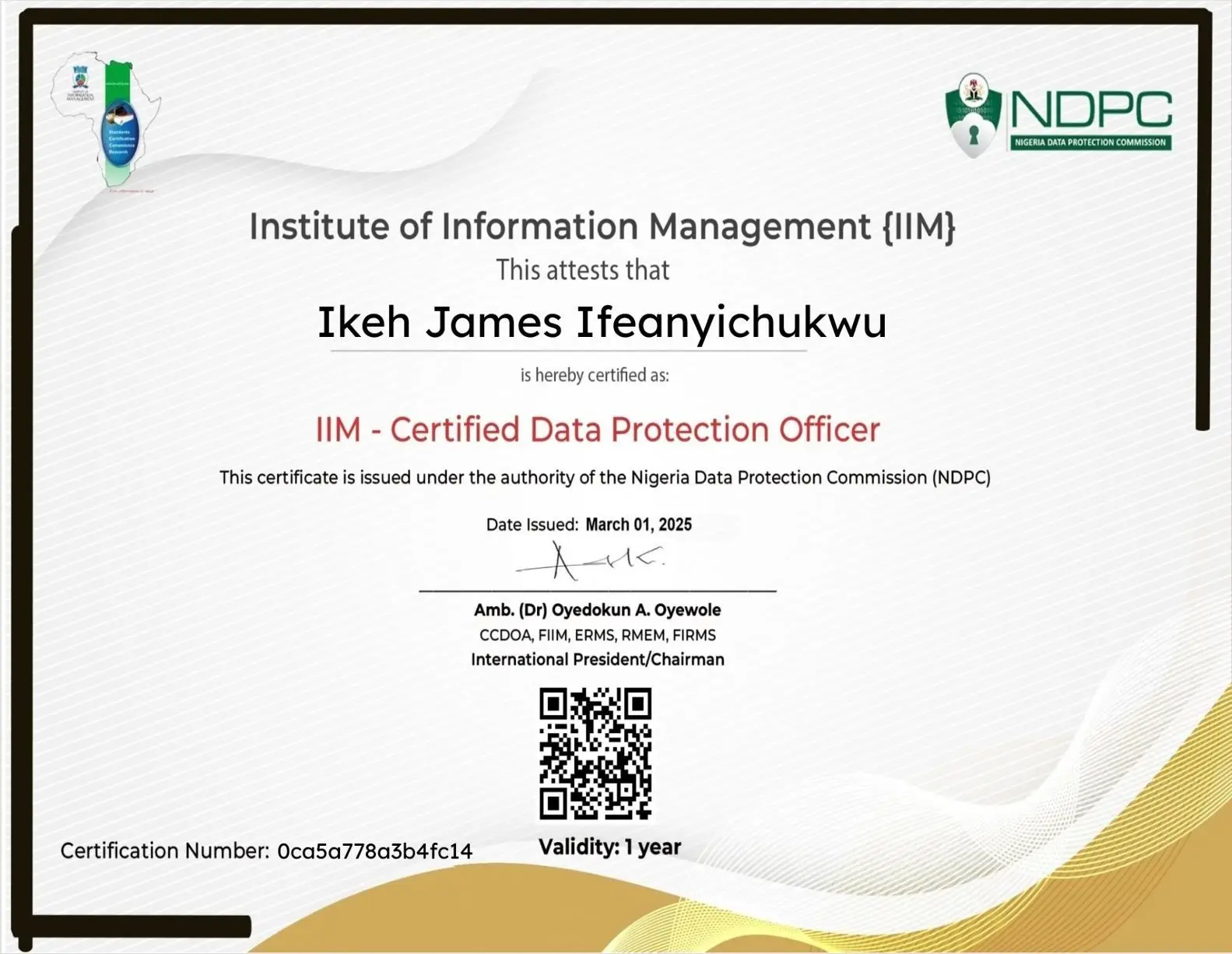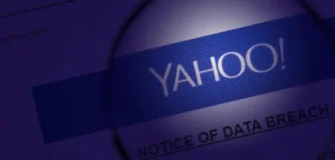SMEs Can’t Afford to Choose Wrong: NIST vs ISO Explained
Share

Small and medium-sized enterprises (SMEs) face the same cybersecurity risks as large corporations, but often without the same resources. Choosing the right cybersecurity framework is critical for protecting data, meeting compliance obligations, and building customer trust. Two of the most widely adopted frameworks are the NIST Cybersecurity Framework (NIST CSF) and ISO/IEC 27001.
Both are recognized globally, but they differ in scope, complexity, and suitability depending on the organization’s size and goals. This article compares NIST vs ISO in detail to help SMEs decide which framework works best.
What is the NIST Cybersecurity Framework (NIST CSF)?
The NIST Cybersecurity Framework, developed by the U.S. National Institute of Standards and Technology, provides a set of best practices for managing cybersecurity risks.
Key Features of NIST CSF:
- Functions-based approach: Identify, Protect, Detect, Respond, Recover.
- Voluntary adoption: Particularly popular in the U.S.
- Flexible: Can be customized to any industry or size of business.
- Risk management focus: Helps SMEs align cybersecurity with business priorities.
Example: A small healthcare provider in Texas adopted NIST CSF to comply with HIPAA requirements while keeping costs low.
What is ISO/IEC 27001?
ISO/IEC 27001 is an international standard for information security management systems (ISMS). It is developed by the International Organization for Standardization (ISO) and the International Electrotechnical Commission (IEC).
Key Features of ISO 27001:
- Certification-based: Organizations can achieve ISO certification through an accredited body.
- International recognition: Trusted worldwide, especially for companies dealing with global clients.
- Structured ISMS: Requires documented policies, controls, and audits.
- Compliance-driven: Helps businesses meet GDPR, CPRA, NDPA, and other privacy laws.
Example: A Nigerian fintech startup pursued ISO 27001 certification to win contracts with multinational clients that required proof of strong security controls.
NIST vs ISO: Key Differences
| Aspect | NIST CSF | ISO/IEC 27001 |
|---|---|---|
| Origin | U.S. (NIST) | International (ISO/IEC) |
| Adoption | Voluntary, widely used in the U.S. | Certification-based, globally recognized |
| Focus | Cybersecurity risk management | Information Security Management Systems (ISMS) |
| Structure | 5 Core Functions: Identify, Protect, Detect, Respond, Recover | 114 controls under Annex A |
| Cost | Free to use, self-implemented | Certification costs can be high |
| Flexibility | Highly flexible, less prescriptive | Rigid structure, audit-driven |
| Best for | SMEs needing a low-cost, adaptable framework | SMEs seeking global credibility & compliance proof |
Which Framework Works Best for SMEs?
NIST CSF for SMEs:
- Pros: Free, simple to implement, scalable.
- Cons: No formal certification (may not satisfy vendor/client requirements).
- Best for: SMEs with limited budgets that need practical, risk-focused guidance.
ISO 27001 for SMEs:
- Pros: Provides internationally recognized certification, builds trust with clients.
- Cons: Costly, resource-intensive, requires ongoing audits.
- Best for: SMEs in regulated industries or those working with global partners.
Hybrid Approach: Can SMEs Use Both?
Yes. Many SMEs start with NIST CSF to establish a foundation, then pursue ISO 27001 certification once they grow and need stronger compliance or global credibility.
Example: An SME IT services firm in Lagos adopted NIST CSF for internal governance, then pursued ISO 27001 certification to win European clients who required compliance with GDPR.
FAQs
1. Is NIST CSF mandatory for SMEs?
No, NIST CSF is voluntary, though highly recommended as a baseline cybersecurity framework.
2. Is ISO 27001 certification worth it for small businesses?
Yes, if you deal with sensitive data, regulated industries, or international clients. It signals maturity and builds trust.
3. Can NIST CSF help with regulatory compliance?
Yes, especially in the U.S. It aligns with HIPAA, CCPA, and other regulatory frameworks, but it’s not a certification.
4. Which is easier to implement for a small business?
NIST CSF is easier and cheaper to start with, while ISO 27001 requires more investment and formal processes.
5. Should SMEs aim for both?
If resources allow, adopting both provides the best of both worlds: NIST for flexibility, ISO for certification.
Conclusion
For SMEs, the choice between NIST CSF and ISO 27001 depends on budget, goals, and client needs.
- If you want a low-cost, practical framework to improve security quickly, start with NIST CSF.
- If you need global recognition, certifications, and client trust, invest in ISO 27001 certification.
- For long-term resilience, consider a hybrid approach — implement NIST as your foundation, then scale into ISO certification when growth demands it.
Cybersecurity isn’t one-size-fits-all. The best framework is the one that aligns with your business risks, resources, and future ambitions.


























Leave a Reply